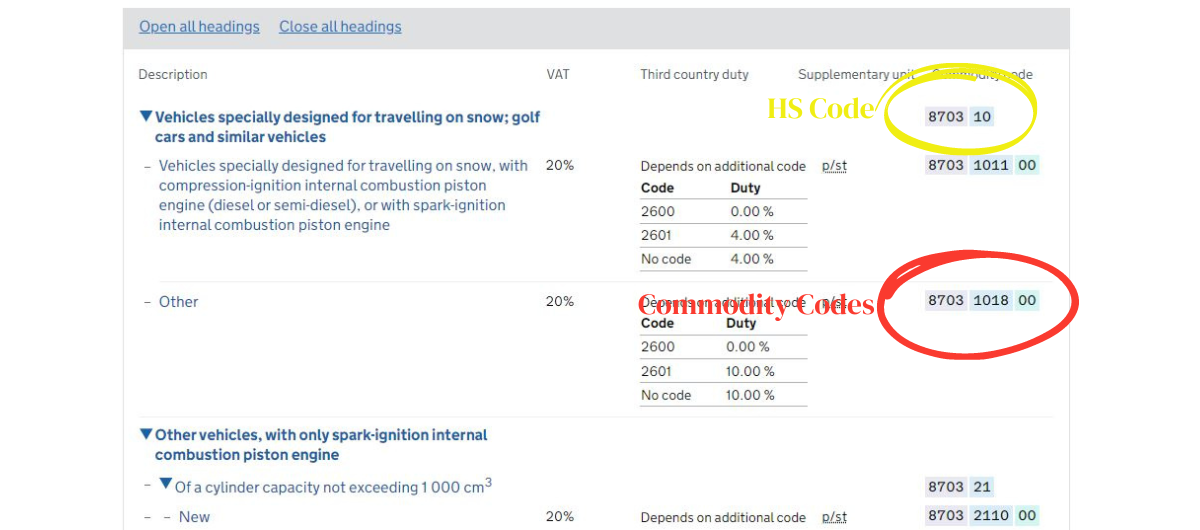Blog
Home / Blog
OUR BLOG
Blog & Articles
Stay updated with the latest articles!
Unlock Your Global Trade: How to Easily Obtain an…
August 4, 2023
0
How to Get EORI Number in UK? Unlock Your Goble Trade Now Every trader know the importance…
9 Things You Need To Know About Custom Clearance…
August 6, 2023
0
Streamlining Global Trade: Understanding Customs Clearance in the UK In the current world of global commerce, customs…
Stansted Airport (GBSTN): Streamlined Customs Clearance and Air Freight…
September 4, 2023
0
Customs Clearance Services at Stansted Airport Stansted Airport is the UK’s forth busiest airport, serving both international…
Best Customs Clearance and Freight Forwarders for Felixstowe Port…
September 7, 2023
0
Customs Clearance and Freight Forwarder at Felixstowe Port (FXT) Felixstowe Port (FXT) proudly stands as the United…
5 Things You Should Know About PEACH System UK
September 11, 2023
0
What is the PEACH System, and why is it essential? As a trader, your goal is to…
Confused About Choosing The Right Freight Service For Your Goods? Let's Get In Touch!
GR Freights Ltd – Your Reliable Partner!






